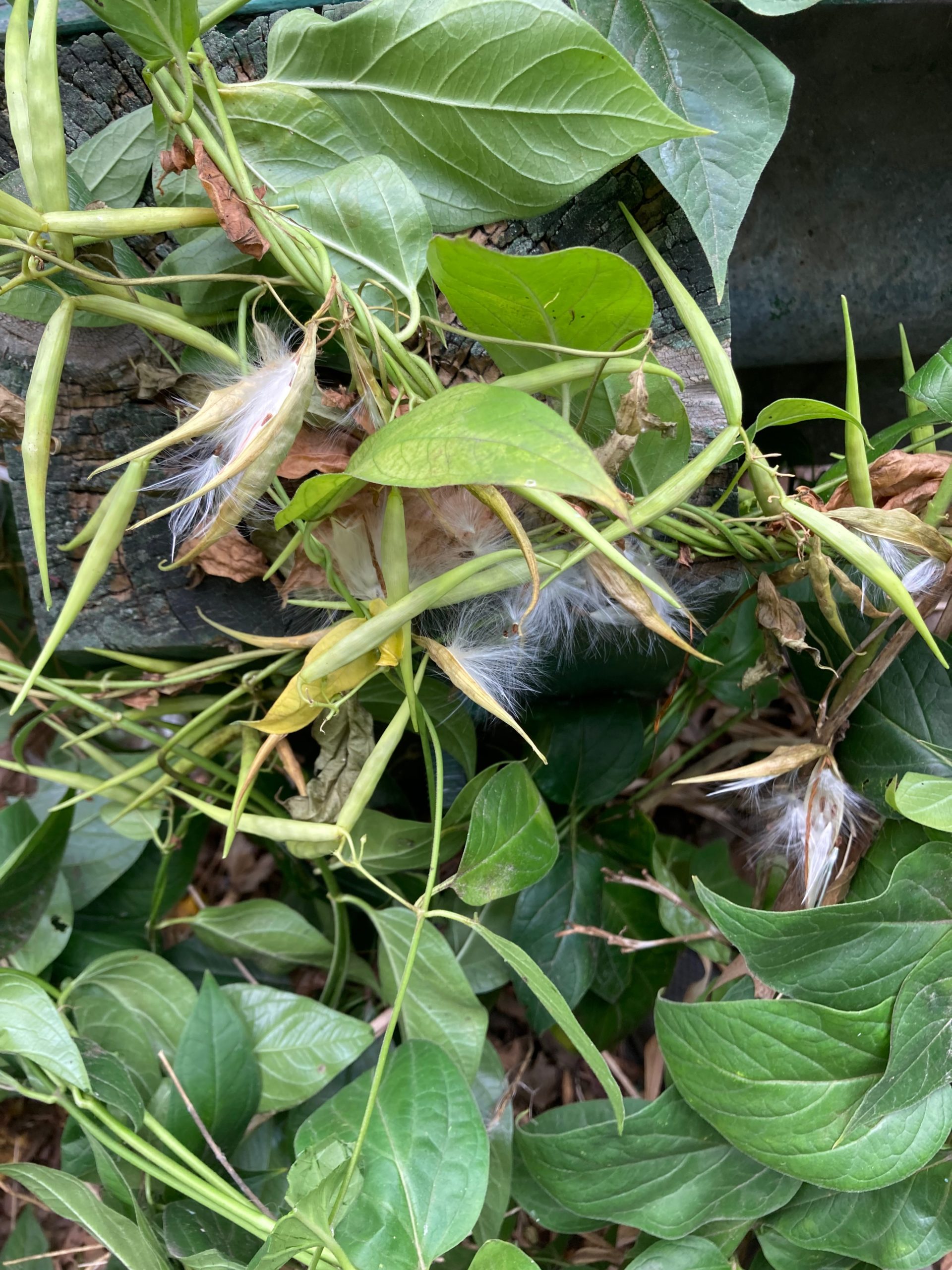All plants are not the same—all greenery is not “good greenery.” When an invasive plant replaces a native plant, its negative ecological impact is enormous. “Green” appearances can be misleading; some plants can do more damage than good, especially when they spread aggressively.
Proper identification of invasive plants is extremely important for effective management and ensures you are not removing a beneficial native plant.
Identify your invasive plants
Top priority species to remove:
These species have a higher likelihood of forming monocultures and pose a greater threat to native biodiversity.
Mid priority species to remove:
These species have moderate to low invasive tendencies, but can become locally dominant in certain conditions.
Beware of invasive species that escape your garden
Many invasive species that are sold as garden plants can easily escape into our ravines and natural areas.
Toronto Master Gardeners understands this problem and is educating Toronto citizens on invasive species so that we can all work together to tackle the problem.
Check out the Toronto Master Gardeners Invasive Species Initiative to learn more about invasive plants that are commonly sold at garden centres such as:
- Barberry
- English Ivy
- Euonymus
- Honeysuckle
- Miscanthus
- Periwinkle
- Privet
REMEMBER: If your property is on ravine land, you must obtain a permit to remove any tree.
Invasive trees are taking over
Invasive trees pose a big threat to Toronto’s ravines. Their biology allows them to dominate our landscape and create monocultures – large areas with only one type of species. Aggressive invasive trees are bad because they decrease biodiversity and make our ecosystems less resilient. Ideally, a healthy forest has a variety of native trees suitable to the specific forest community. We need native biodiversity to sustain a healthy ravine system that can support the many plants and animals we need to survive!
One of our biggest offenders is the Norway maple tree; an aggressive invader that is quickly taking over our ravine system.
What makes Norway maple trees so destructive?
Their competitive advantages include:
- High seed production
- Extensive shallow root systems that outcompete native plants for water/ nutrients and contribute to soil erosion
- A dense canopy cover that blocks light, preventing native plants from growing beneath them
We must stop the spread of invasive trees like the Norway maple. Obtain a permit to remove invasive trees on your ravine property.
To learn more about invasive plants, visit Ontario Invasive Plant Council.
Look out for noxious plants
Learn to identify noxious plants – they are harmful when touched!
Noxious plants in Toronto’s ravines include:
- Giant hogweed
- Poison ivy
- Stinging nettle
- Wild parsnip
Do not touch these plants under any circumstances. If you do come into contact with one of these plants, research the best way to mitigate their effects. For giant hogweed or wild parsnip, follow these instructions.
See Noxious Weeds of Ontario for a list of potentially risky plants.
Once you properly identify your invasives, you can properly remove your invasives.

